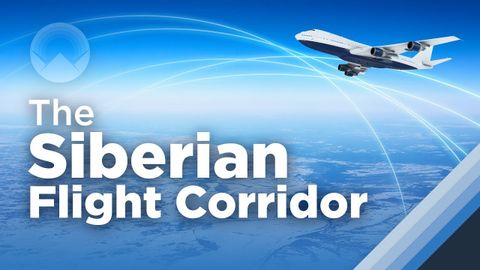世界上最有价值的领空(The Most Valuable Airspace in the World)
joey joey 發佈於 2021 年 05 月 30 日  沒有此條件下的單字
沒有此條件下的單字US /ɪˈnɔrməs/
・
UK /iˈnɔ:məs/
US /ædˈvæntɪdʒ/
・
UK /əd'vɑ:ntɪdʒ/
- n. (c./u.)優勢;優點;利益
- v.t.利用;佔便宜
US /ˈbrɪljənt/
・
UK /'brɪlɪənt/
US /dɪˈvɛləp/
・
UK /dɪ'veləp/
- v.t./i.詳盡闡述;建立;打造;(使)成長;發展;沖洗(底片);罹患;產生;培養;發展

